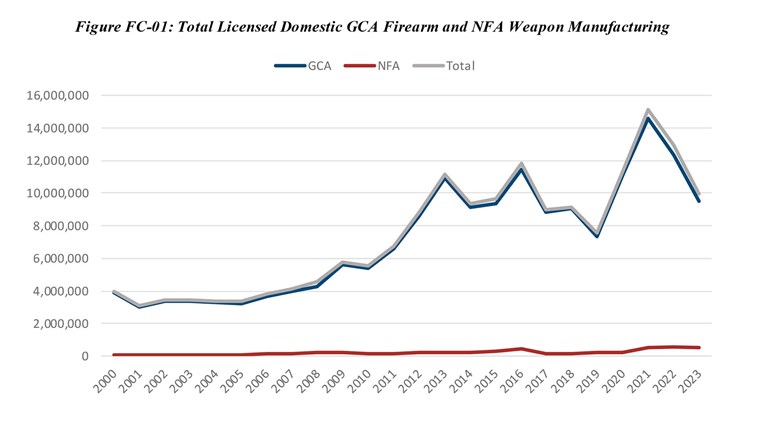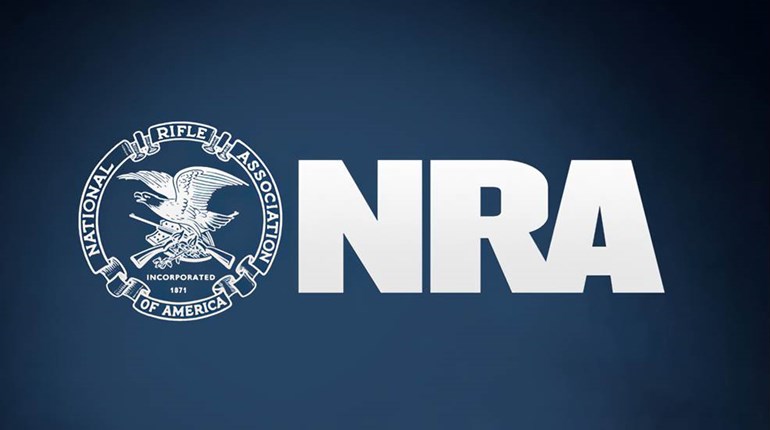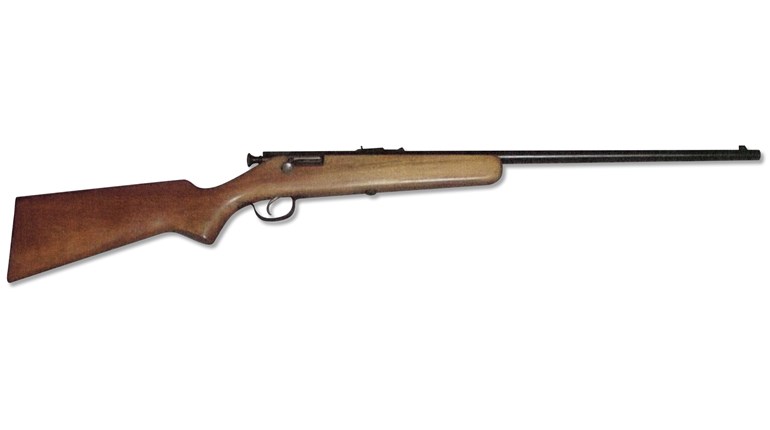
In states where it is legal to own a suppressor, the rules are relatively straightforward. An FFL that has an SOT (either as a Class II Manufacturer or a Class III Dealer) can assist you with any suppressor transfer to another individual or a corporation, but you can do it yourself if you adhere to the regulations and if the transfer does not violate any federal, state or local laws. Unlike rifles and shotguns, suppressors can only be transferred across state lines by licensed dealers. The following summary of transfer steps was taken from the April 2009 revision of ATF Publication 5320.8, The NFA Handbook:
A completed ATF Form 4 is first submitted in duplicate by the SOT or the individual to the BATFE's NFA Branch, along with a check for the $200 tax, requesting transfer of the suppressor from the dealer to the customer. If the customer is an individual, he or she is required to first obtain approval from the chief law enforcement officer (CLEO) in the area where they reside. Fingerprints and a passport-type photo are also submitted. If the customer is a corporation or trust, the CLEO certification, fingerprints and photo are not required. However, in this case an individual must be designated by the company as the responsible person to handle the paperwork and transfer.
The NFA Branch will process the Form 4 and either approve or disapprove it, then return it to the dealer.
If the Form 4 is approved, a tax stamp will be affixed to it and the dealer will contact the customer to coordinate pickup of the suppressor and Form 4, as well as any final paperwork involved. If a company is the purchaser and has designated a responsible person to handle the suppressor paperwork and take physical custody, that person will fill out an ATF form 4473 at the time of transfer, just as when purchasing a firearm.
Once the customer is in possession of the suppressor and the stamped-and-approved Form 4, the suppressor must stay under the control of that individual (or company) unless it is again transferred through the NFA Branch in the future.
Variations of the above steps apply to different situations and entities. A dealer should be able to talk you through the process, and you can always consult an attorney regarding the creation of an NFA trust. Note that the approved, stamped Form 4 should stay with the suppressor at all times. A little known aspect of suppressor ownership is that BATFE must approve any movement out of the state where the suppressor is registered. This is accomplished through the filing of a request to transport it to a specific location. It is possible to get a one-year blanket approval from BATFE if you travel there often. Remember that the suppressor cannot change possession without BATFE approval. That means even if you need to return it to the manufacturer, the appropriate form must be filed, approved and returned to you first. Again, your local dealer will be the best person to help with any transfer issues. The above rules are very similar to those regulating other NFA firearms, which include fully automatics, short-barreled rifles and short-barreled shotguns.







































